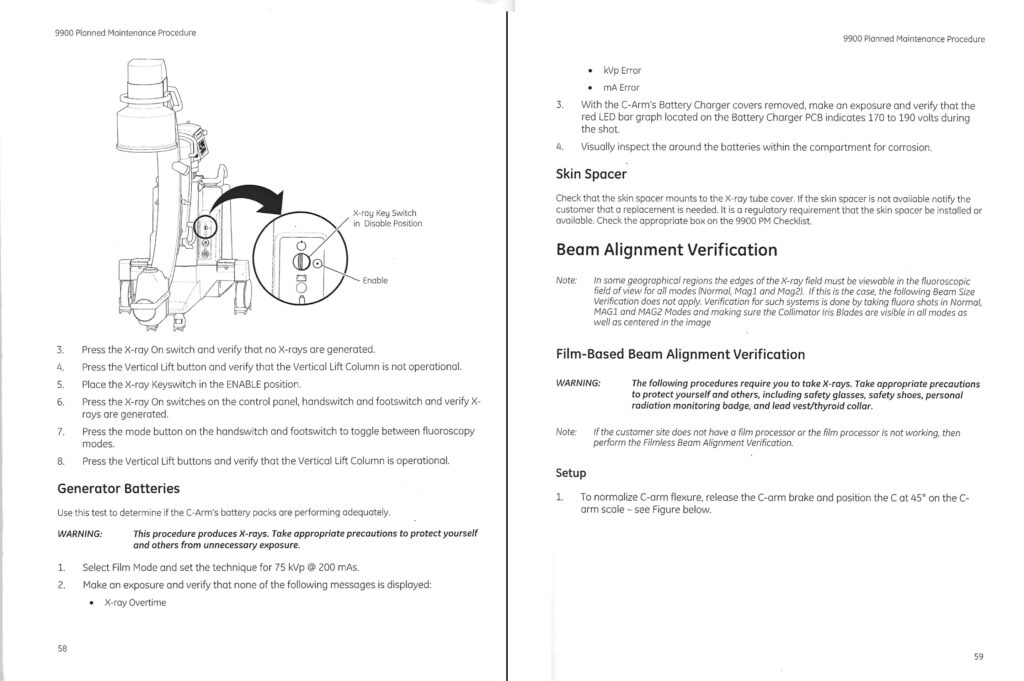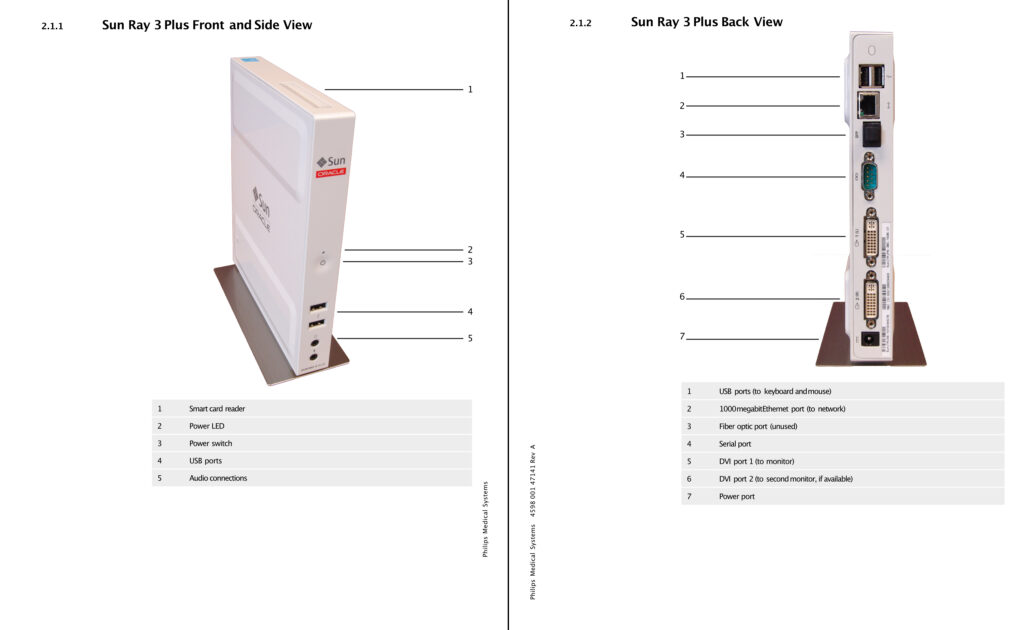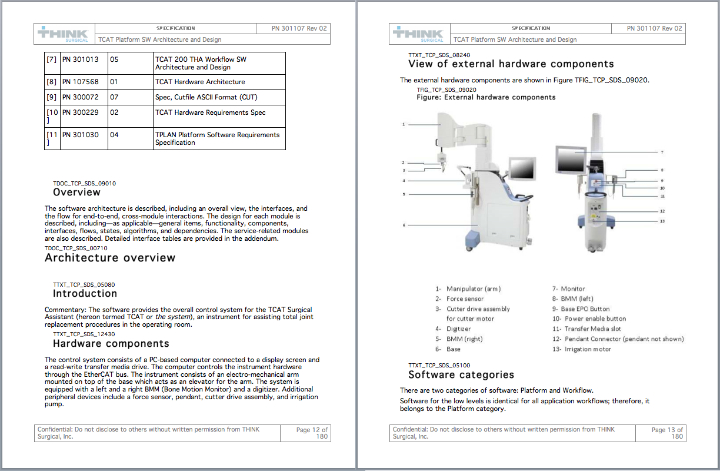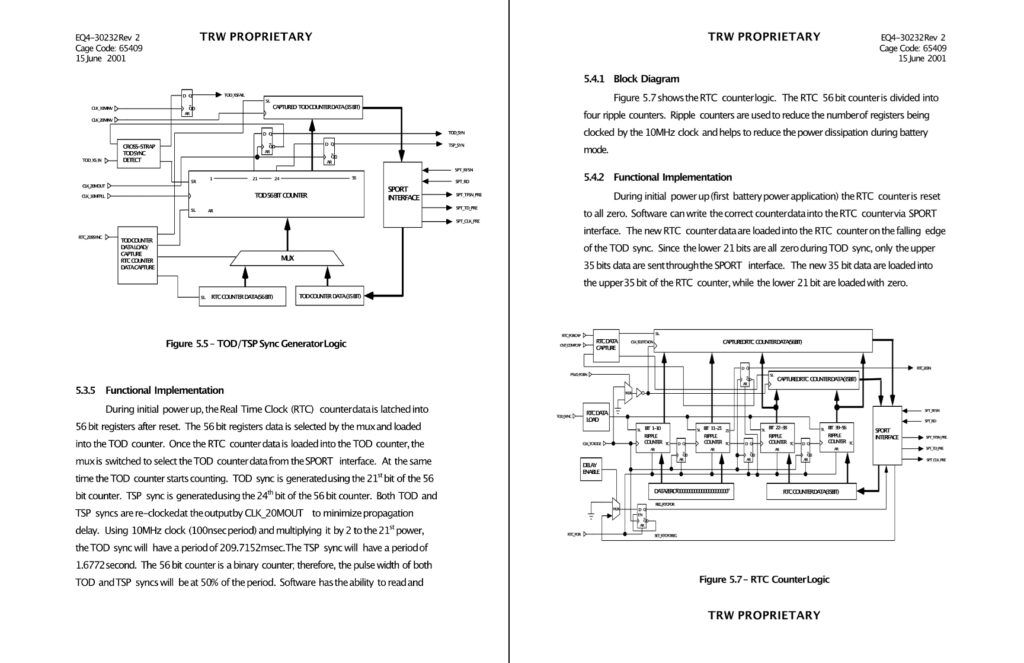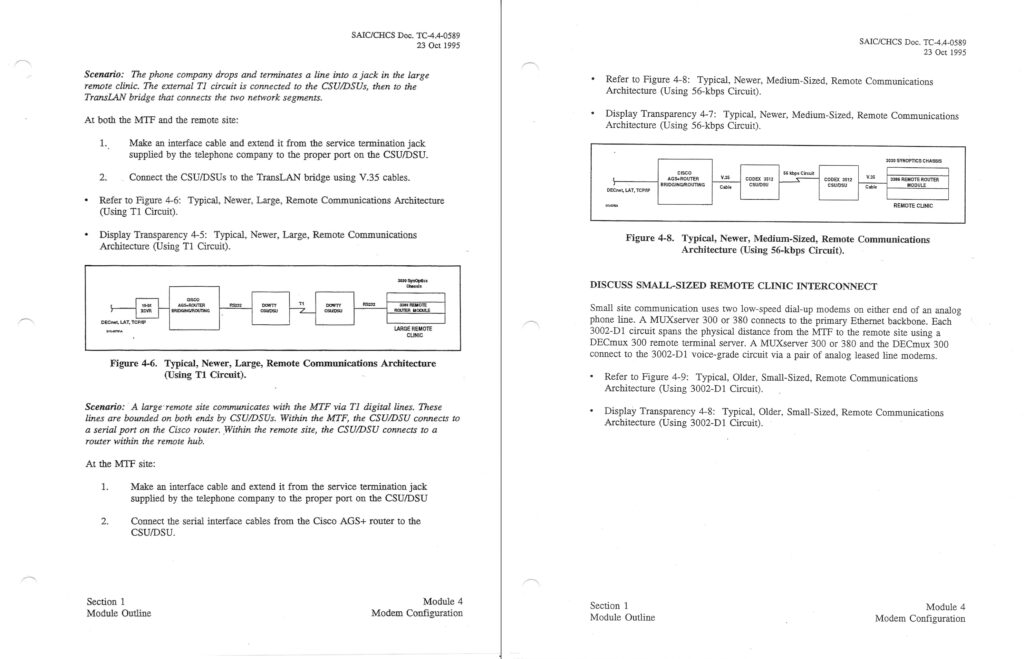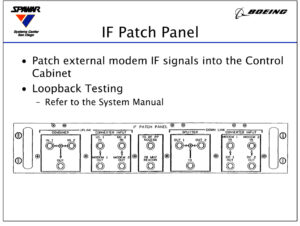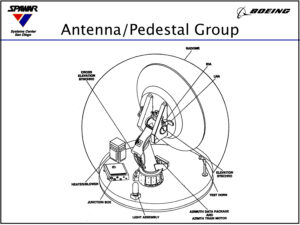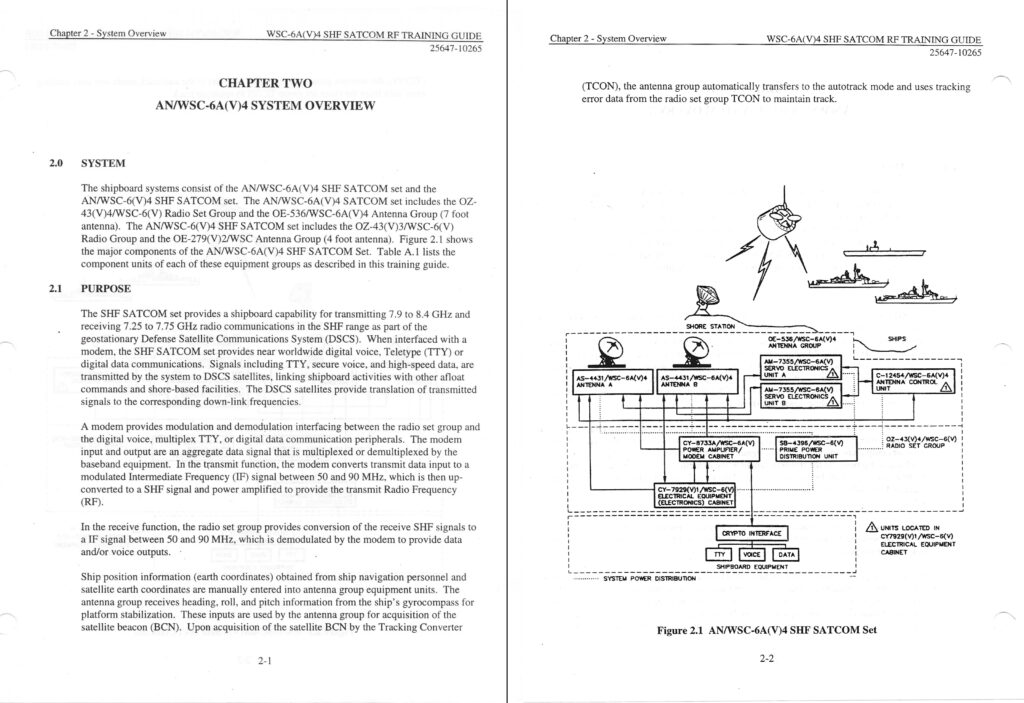
A Cross Section of Terence Pyle’s Work in Healthcare, Defense & Training –
Service Documentation
Objectives
- To create documentation that helps to ensure the proper and safe use of a medical device.
- To create documentation that ensures correct installation and maintenance of product.
- To ensure the proper installation and acceptance testing of the system.
- To provide service technicians with easy to find, easy to understand and easy to follow procedures for installing and maintaining product.
- To provide consistent and unambiguous service information.
Benefits
- Create effective service documentation that ensures correct installation and maintenance of product.
- Develop service information that allows quicker resolution of system problems minimizing downtime.
• Healthcare Sample 1
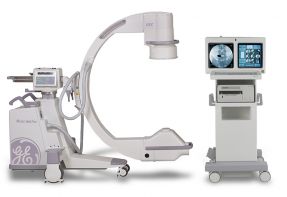
Mobile C-arm fluoroscopic X-ray systems
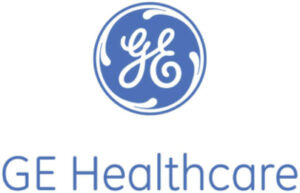
Technical Writing Lead
GE Healthcare Surgery
Mobile C-arm fluoroscopic X-ray systems
A C-arm is an imaging scanner intensifier. The name derives from the C-shaped arm used to connect the x-ray source and x-ray detector to one another. C-arms have radiographic capabilities, though they are used primarily for fluoroscopic intraoperative imaging during surgical, orthopedic and emergency care procedures. Mobile C-arm fluoroscopic X-ray systems are used for a variety of diagnostic imaging and minimally invasive surgical procedures.
- Worked in role of Technical Writing lead for service documentation.
- Wrote, edited and illustrated Installation, Planned Maintenance, and Service Manual updates.
- Planned and implemented corrective and preventative actions impacting the service documentation.
Tools Used
- MS Word
- Snag It
- Photo Shop
- Adobe PDF Professional
• Healthcare Sample 2
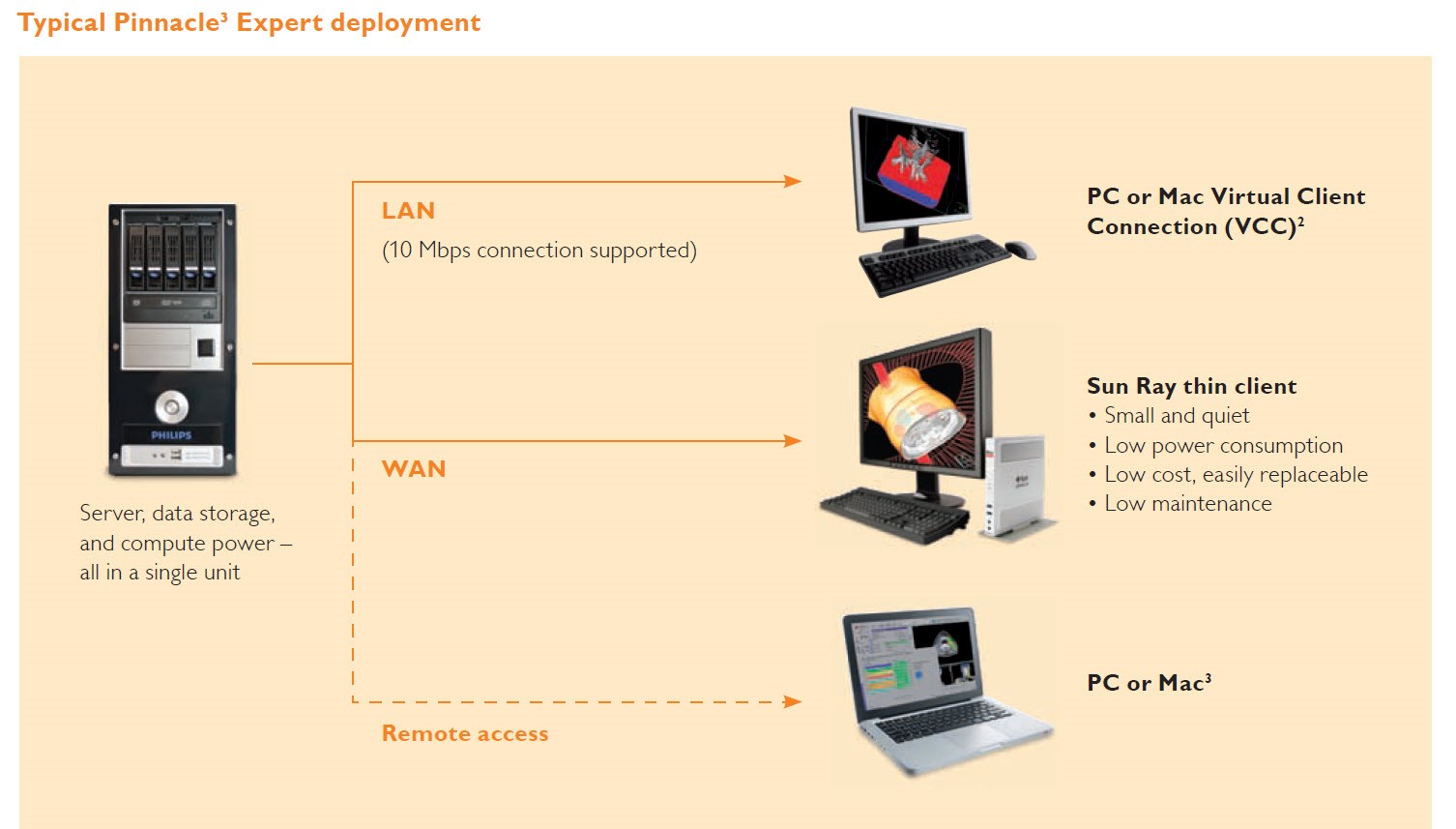
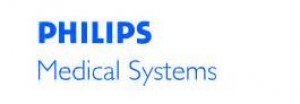
Service Information Architect III
Philips Radiation Oncology Systems
Radiation Oncology Medical Treatment Planning systems
Treatment planning systems are at the heart of radiation therapy (RT) and the key to improved patient outcomes. Once image datasets are loaded and the tumors are identified, the systems develop a complex plan for each beam line route for how the therapy system will deliver radiation. These systems help navigate beam placement based on avoiding critical structures that are more sensitive to radiation in an effort to reduce collateral damage from the therapy.
- Worked in role of Technical Writing lead for service documentation.
- Wrote, edited and illustrated acceptance tests, Installation, Planned Maintenance, and Service Manual updates.
- Planned and implemented corrective and preventative actions impacting the service documentation.
Tools Used
- FrameMaker
- Snag It
- Photoshop
- Agile PLM
Product Development
Objectives
- To create more accurate and complete design specifications.
- To ensure traceability from hardware design descriptions to hardware requirements specifications and hardware requirements specifications to hardware design descriptions.
- To help compress the product development cycle.
Benefits
- Provide more rigorous coverage of traceability between system requirements and design documents.
- Develop accurate and complete Configuration Item Descriptions and design documents.
• Medical Sample
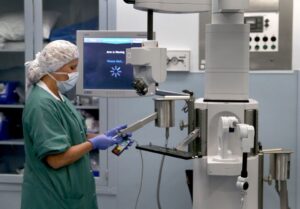

Technical Writer
Think Surgical
Medical Robotics
The ROBODOC system, sold by THINK Surgical Inc. is used for Total Knee Arthroplasty procedures, which requires the formation of cavities in the bone prior to placing the prosthetic implant. Prior to the ROBODOC cavity formation, titanium locator pins are implanted in the patient’s leg which are used as fiducial markers or supplementary landmarks for the information acquisition (via CT scan). Based on these CT scans and fiducial markers, the software system generates motion plans that the surgeon verifies and supervises during execution.
- Collaborated with software engineers, system engineers and test engineers to write and edit software requirements specifications and software design documents.
- Assessed impact of software changes on architectural and design documents for updates to documents for new releases of software. Interviewed experts and analyzed how new features and functions will impact the architecture and design of systems software.
- Organized new content, moderate reviews and publish good quality technical information.
Tools Used
- MS Word
- Visio
- Jama Requirements Management
- JIRA
- Confluence
• Defense Sample
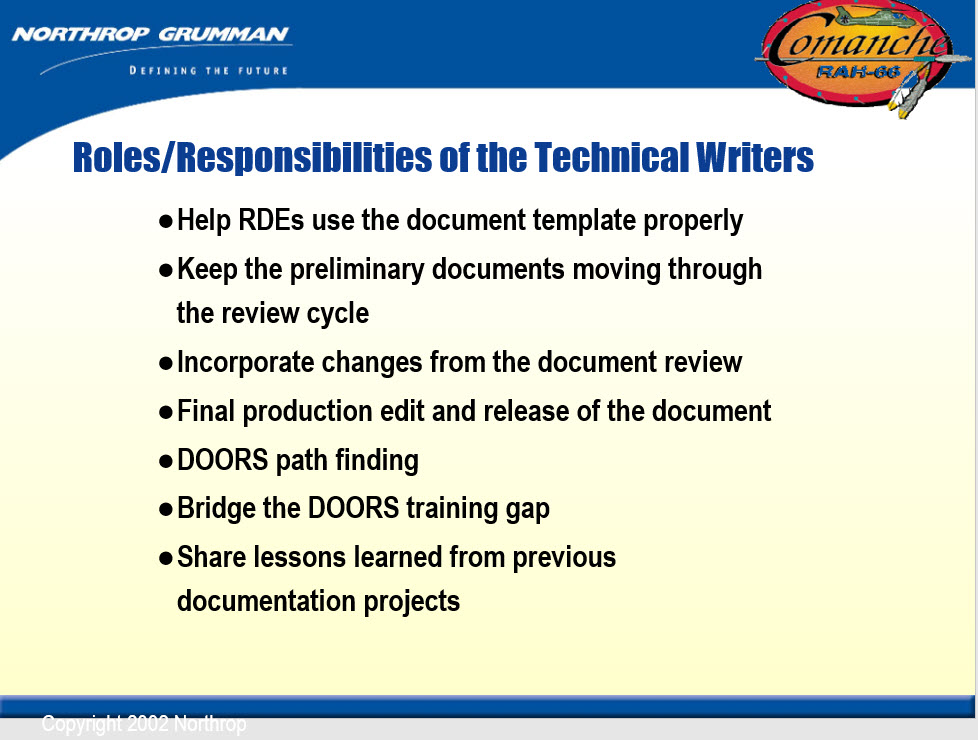
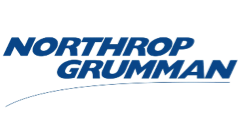
Technical Writer
Northrop Grumman Radio Systems Division Defense & Space industry
Aircraft Communications/Navigation/Identification (CNI) system
The F-22’s Communications/Navigation/Identification (CNI) ‘system’ is a collection of communication, navigation, and identification functions. Each CNI function has its associated aperture installed throughout the aircraft.
- Wrote and edited engineering design documents for Application Specific Integrated Circuits embedded on the CNI modules.
- Wrote and edited Configuration Item Descriptions for three modules comprising the CNI subsystem: Clock Coupler module, Low Latency Signal Processor module and Pre-Processor module.
Tools Used
- MS Word
- MS Excel
- Visio
- Requirements Database management – DOORs
Training
• Training Sample 1
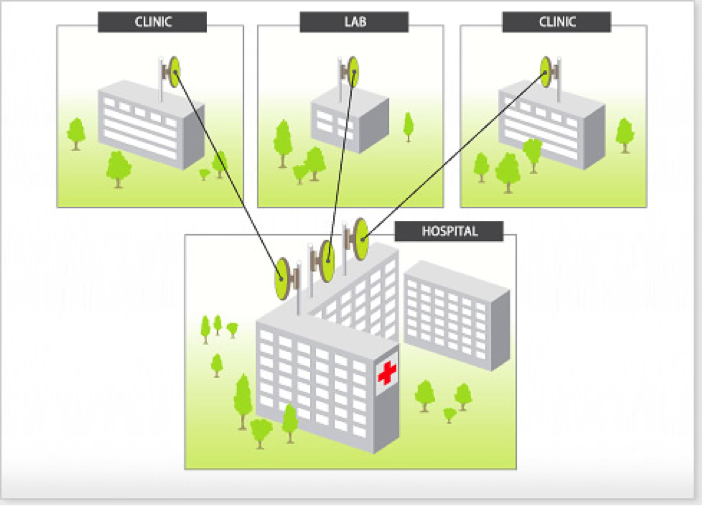
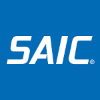
Technical Training Analyst
Training Analyst at Science Applications International Company
Member of Technical Training Development team responsible for authoring and updating technical instructional materials. Technical training was for site operation staff that operated and maintained a health care information system. The Composite Healthcare system (CHCS) is a fully integrated hospital information system that helps capture, manage and share health data across the DoD enterprise by connecting medical departments, hospital wards, outlying clinics, laboratories, and pharmacies.
Tools Used
- FrameMaker
- Visio
- Photoshop
• Training Sample 2
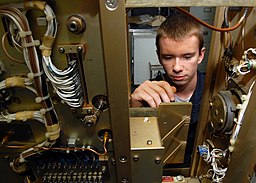
Electronics Technician 3rd Class Michael J. Isenmann, from St. Louis, Mo., performs a voltage check on a power circuit card in Air Navigation Equipment room aboard the aircraft carrier USS Abraham Lincoln. Lincoln is deployed to the U.S. 5th Fleet area of responsibility supporting Operations Iraqi Freedom and Enduring Freedom as well as maritime security. (U.S. Navy photo by Mass Communication Specialist 3rd Class Ronald A. Dallatorre/Released)
Technical Training
Technical Writer/Trainer at Boeing North American Service Company Defense & Space industry
Within the Navy, the Super High Frequency (SHF)/Commercial Satellite Communications Division is responsible for procuring, fielding, and sustaining satellite communications (SATCOM) terminal systems to provide wideband communications services to the fleet. Military super-high-frequency satellite communication (SHF SATCOM) systems provide critical telecommunication services interconnecting joint command centers, ground mobile forces, and ships at sea.
The purpose of the course was to provide Electronics Technician with the knowledge and skills necessary to effectively perform operations, preventive and corrective maintenance on the AN/WSC-6(V)5 SHF SATCOM terminal and related baseband equipment.
Tools Used
- MS Word
- PowerPoint

